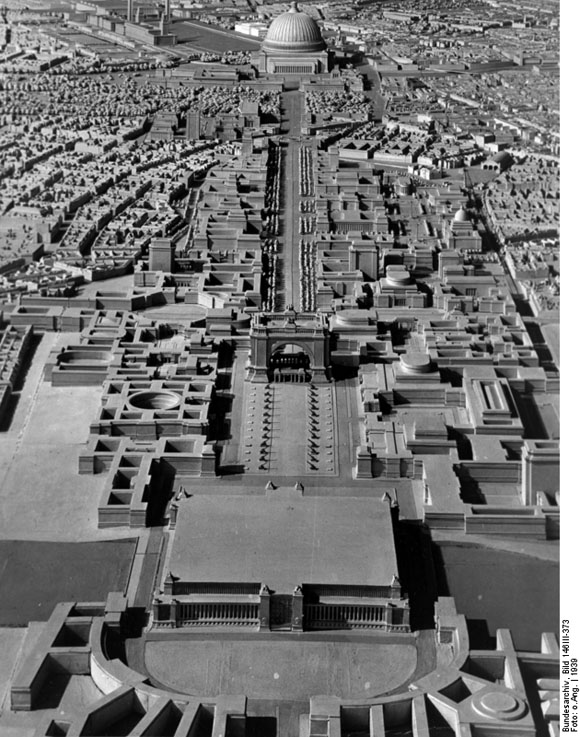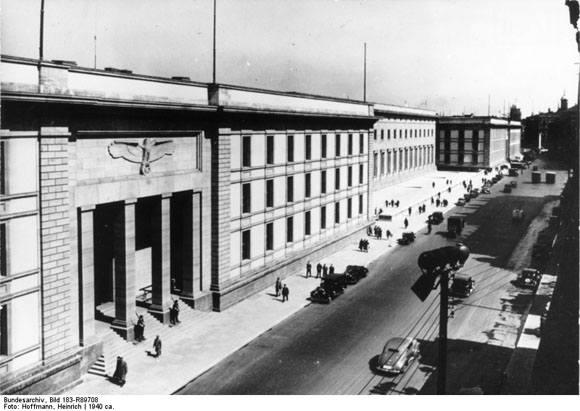













INTRODUCTION | DOCUMENTS | IMAGES | MAPS | EDITOR
|
Images - The Nazi State
|
|||||||||||||||||||||||||||||||||||||||
 return to chapter list
return to chapter list
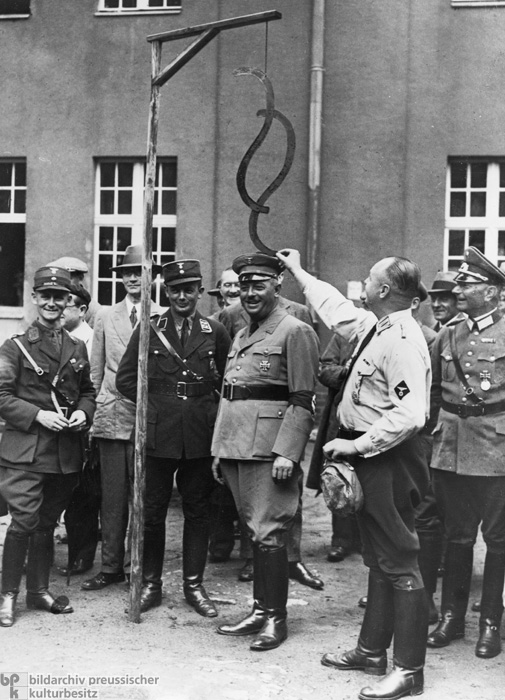
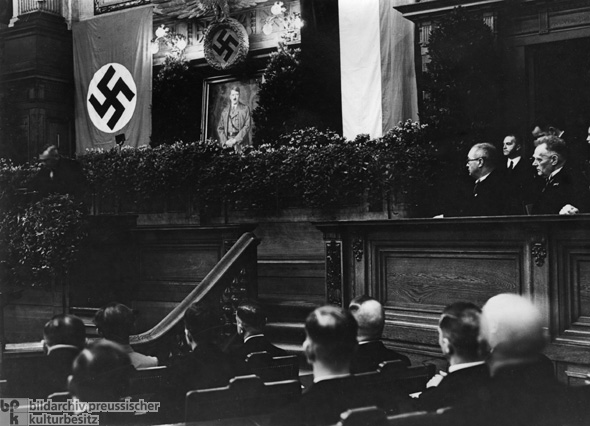
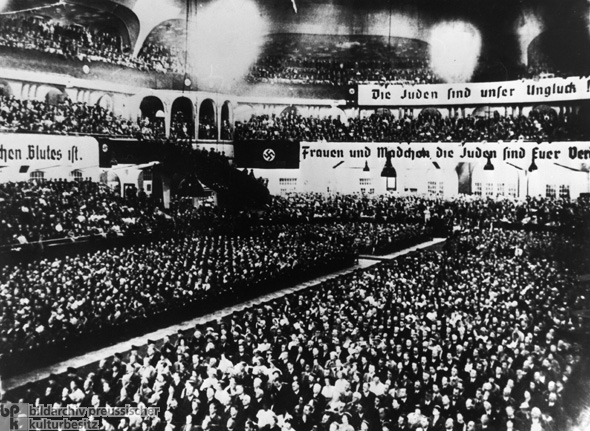

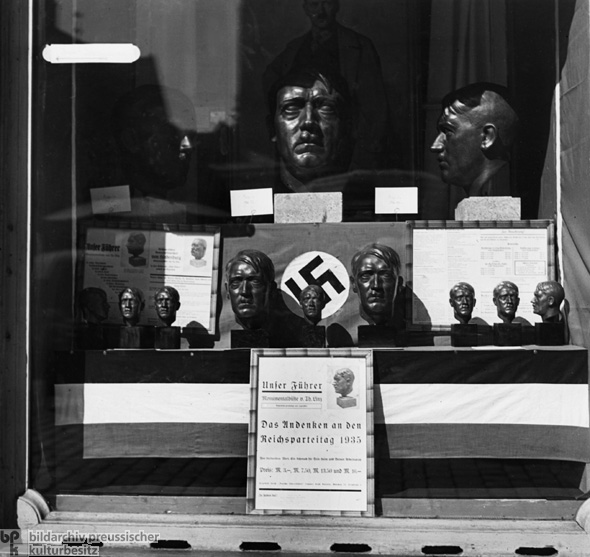

![National Socialist Training School for the Party Elite [<i>Ordensburg</i>] in Sonthofen, Allgäu (1939)](/images/highres_30020518 copy.jpg)
